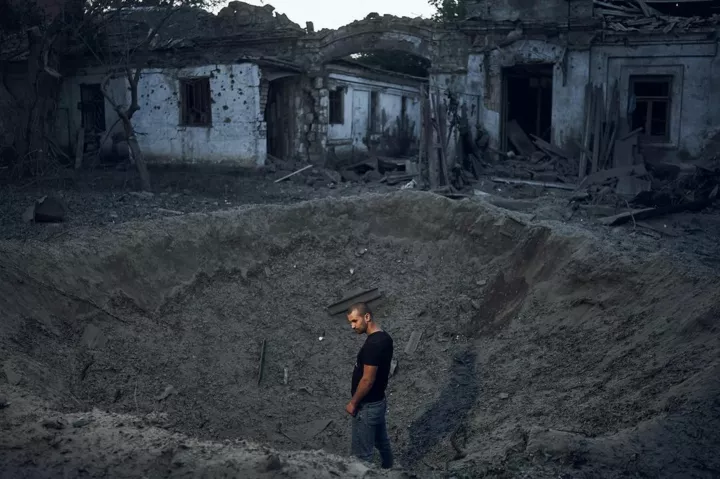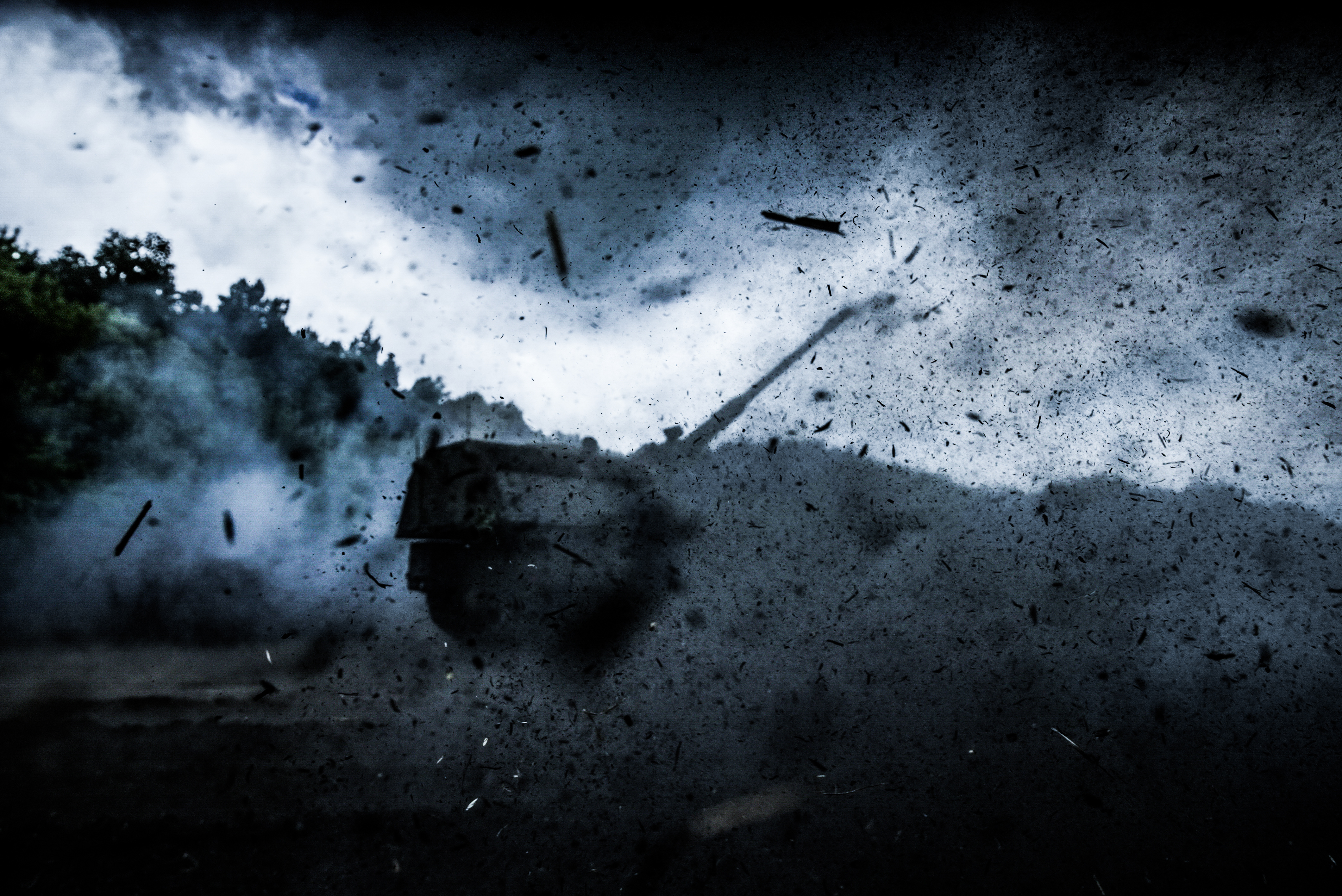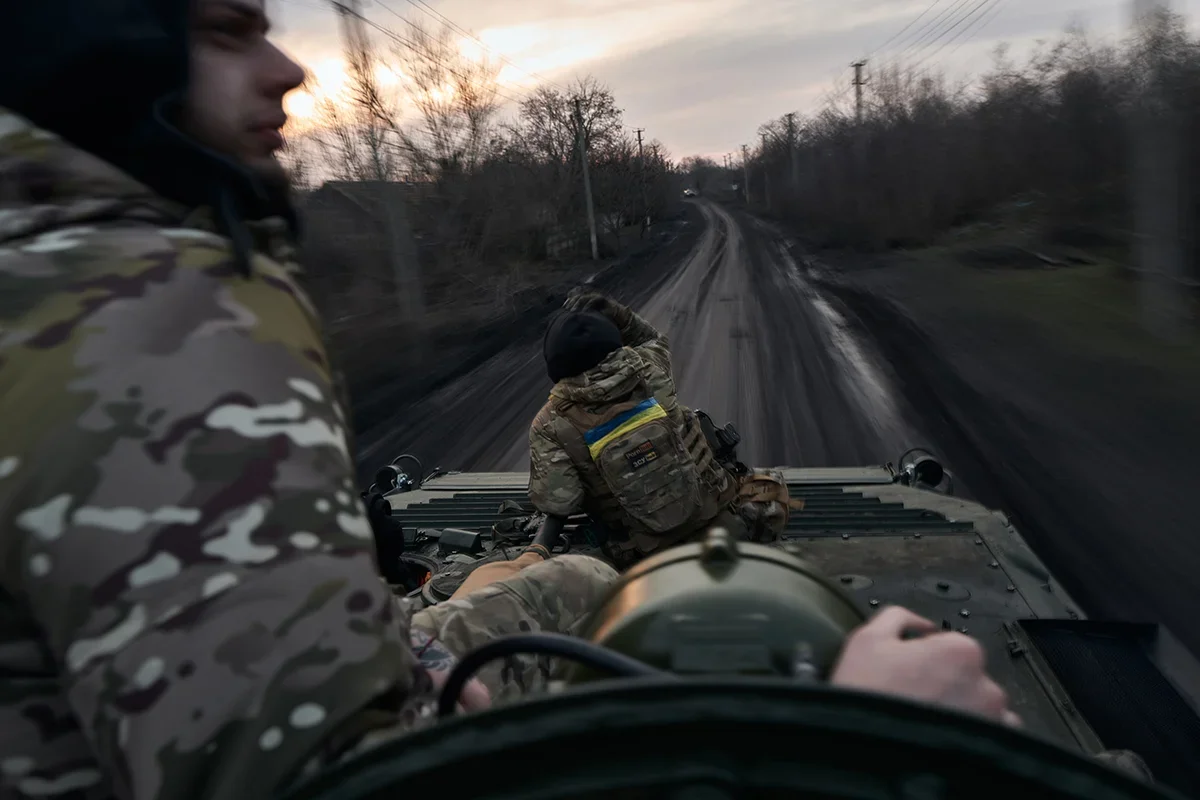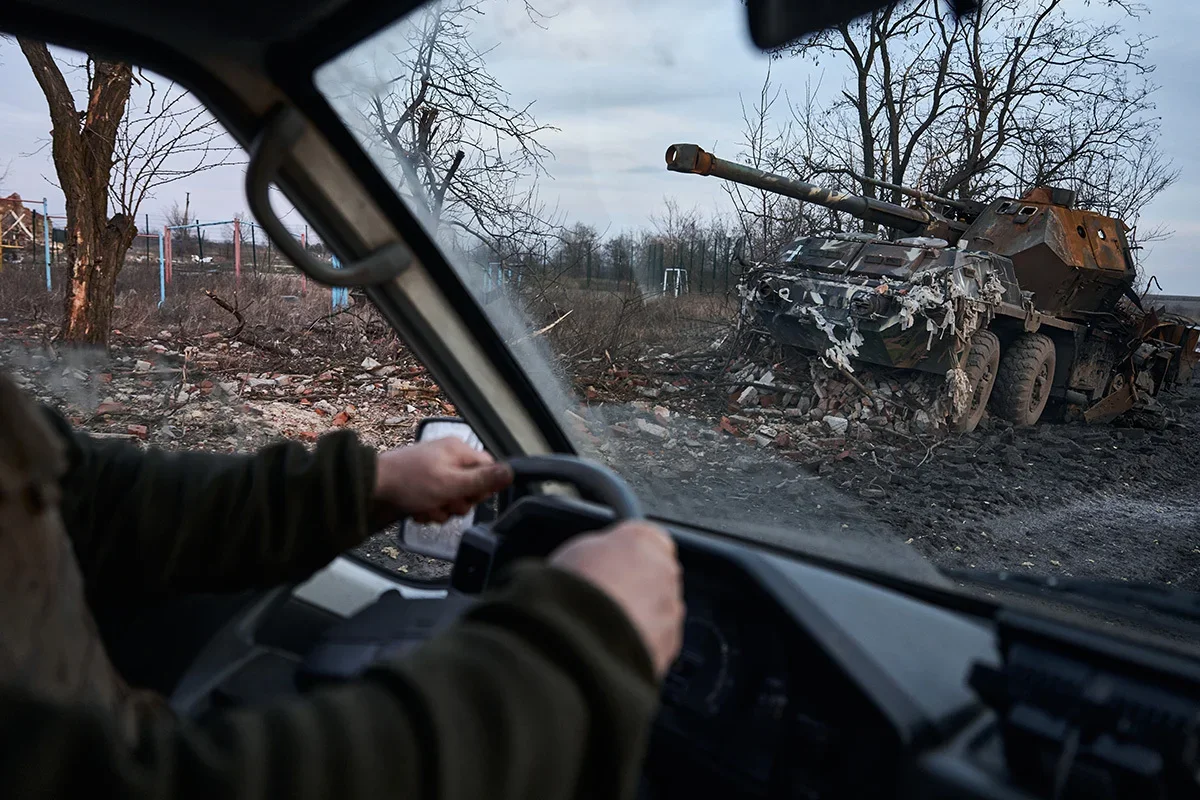"Goals-Resources-Tools": Why Ukraine Needs a New Grand Strategy for Victory. A Military Scenario for 2025
Any attempt to understand the conditions under which Ukraine will implement its grand strategy in 2025 is impossible without analyzing the key trends and developments of 2024.
The Strategic Dynamics of a War of Attrition
In 2024, Russia maintained the initiative on the battlefield, leveraging steady recruitment of personnel, increased ammunition supplies, the expanded use of guided aerial munitions, and reconnaissance-strike systems. This approach, coupled with a disregard for the lives of its troops, allowed Russia to adopt an optimal strategy for sustaining a war of attrition—one it can likely continue for some time.
However, Russia’s joint forces grouping still lacks the capability to decisively defeat Ukraine’s Defense Forces and rapidly advance deeper into Ukrainian territory. In other words, Russia remains unable to achieve victory through military means alone.
As a result, the Kremlin continues to pursue a comprehensive strategy aimed at exhausting Ukraine. By combining frontline offensives, strikes on rear infrastructure, and information influence operations, Russia seeks to undermine both Ukraine’s resolve to fight and the willingness of its international partners to provide support.


Russia’s goal is to create a self-reinforcing strategic dynamic. Local successes on the frontlines are leveraged to demoralize both Ukrainian society and its international allies. This demoralization fuels further battlefield advances, creating a cycle that positions Moscow to impose not only territorial settlement terms but also broader conditions impacting Ukraine’s sovereignty—such as limitations on NATO membership and the size or capability of its Defense Forces.
A key component of Russia’s grand strategy remains the threat of non-conventional escalation. However, the Kremlin's reliance on aggressive rhetoric and attempts to extract advantages from these threats, without actual implementation, signal its frustration. The protracted conflict is gradually diminishing the perceived impact of such threats, especially as Russia fails to secure a quick resolution on its terms.
In 2024, Ukraine’s Defense Forces were compelled to adopt a military strategy of trading territory for time—retreating under pressure while inflicting maximum losses on the enemy, particularly in the south of the Donetsk region.
This approach mirrors the first 40 days of the war, when Ukraine had to employ similar tactics. Contributing factors include the mentioned elements of Russia's current military strategy and critical issues within Ukraine's own forces, such as a shortage of infantry in both quantity and quality, as well as problems within the command and control system.
Over the course of 11 months, Ukraine lost 2,800 square kilometers of territory. This development has ignited widespread debates within Ukrainian society over how to interpret these losses and their implications.
On one hand, a retreating front line does not constitute a breakthrough, and by WWII standards, these advances are neither large-scale nor rapid. On the other hand, these retreats underscore Ukraine's Defense Forces growing structural challenges. Without addressing these issues, further erosion of the front line is likely. Russia will continue to exploit localized advances to sustain the favorable strategic momentum central to its war of attrition.

This situation reflects the faltering effectiveness of the strategy Ukraine and its Western partners developed in 2022. The approach of “combining Western weaponry and ammunition with Ukrainian military personnel” has entered a state of crisis for several reasons.
Opposition to resource allocation is growing in the West, driven by radical political forces across the ideological spectrum. At the same time, Ukraine is finding it increasingly difficult to recruit personnel for its Defense Forces. The country is caught in a bind: it cannot stop fighting due to the existential threat it faces and the losses already incurred, yet continuing within the existing strategic framework is becoming increasingly challenging.
The Globalization of a Proxy Conflict
The largest regional war in Europe continued to globalize in 2024. While it remains a proxy conflict between two coalitions—democratic and authoritarian—rather than a full-scale world war, its scope has expanded.
First of all, North Korea escalated its involvement. It moved beyond supplying ammunition for artillery systems and ballistic missiles to deploying military personnel directly integrated into Russian forces.
Meanwhile, some NATO countries agreed to directly finance Ukraine’s defense industry from their budgets. However, the Ramstein-format nations have yet to fully embrace the logic of a war of attrition, which demands an increasing share of GDP be allocated to military capabilities.
Currently, 23 out of 32 NATO countries report spending 2% of their GDP on defense, yet levels of 3–5% are needed. As a result, the Kremlin has not received signals strong enough to force a reassessment or scaling back of its ambitions.
The Argumentation Crisis
In 2024, it became increasingly evident that Ukraine faced a crisis in its reasoning for why its partners should continue supporting it in countering Russia. Official Kyiv has been repackaging four primary arguments, all revolving around the core premise: “the cumulative cost of inaction for partners will outweigh the cost of proactive support for Ukraine here and now.”
These four arguments are:
- The Domino Theory: A hypothetical collapse of Ukraine would serve as a prelude to further Russian aggression in Central and Eastern Europe.
- The Precedent Argument: A Russian victory in Ukraine would mark the end of the UN Charter-based international order.
- Western Prestige: A Ukrainian defeat would deal a significant blow to the West, given its substantial investments of resources and reputation.
- Resource Efficiency: Supporting Ukraine now is cheaper for Ramstein format countries than engaging directly with Russia later.
Since Ukraine’s grand strategy relies heavily on persuasion, this crisis in argumentation presents for us an additional challenge.
Expectations for 2025
Key success factors for Ukraine in the war of attrition in 2025 will include maintaining internal unity, ensuring stable access to resources (funding, ammunition, military equipment, personnel), and preserving international coalitions of support. These remain priorities for both Ukraine and Russia.
Despite economic difficulties, Russia is expected to sustain its current military strategy throughout 2025. At the same time, the Kremlin seeks to improve its negotiating position, aiming for settlement terms that would leave Ukraine vulnerable to future aggression.
The Kremlin’s maximalist rhetoric, revived at the end of 2023, reflects Russia’s self-confidence. This confidence stems from its belief that it can capitalize on the current window of opportunity—before Soviet-era stockpiles of arms and equipment, which are depleting faster than they can be replenished, are exhausted.
For Ukraine, the challenge is to ensure its negotiating position does not weaken to the point where Russia can dictate settlement terms.
The key challenge for Ukraine in 2025 will be stabilizing the deteriorating strategic dynamic. Achieving this is impossible without stabilizing the front line. However, this requires a comprehensive new strategy capable of uniting Ukrainian society and international partners around realistic goals, available resources, and appropriate tools—a task that Ukraine’s strategic vision by September 2024 had only partially addressed.

A major “known unknown” for 2025 is the return of Donald Trump to the White House on January 20. His stated aim of achieving a rapid resolution to the war—effectively freezing the front line—could conflict with Ukraine’s need for a sustainable, long-term resolution.
For now, Ukraine has little choice but to continue resisting, despite worsening conditions, and hope that Russia’s offensive potential will be exhausted before Western interest in supporting Ukraine wanes. Accepting a settlement framework without guarantees of its durability would only prolong Ukraine’s agony.
Meanwhile, Russia likely continues to rely on its ability to shape new realities on the ground, strengthening its bargaining position. Consequently, any effort to bring Russia to the negotiating table will likely require additional U.S. pressure, including increased supplies of weapons and ammunition to Ukraine.
Trump’s administration will need to navigate the positions of Ukraine and Russia, both of which have radicalized during the conflict and now directly contradict one another.
Ukraine refuses to be a bargaining chip in a settlement that sacrifices its security for the coexistence of some countries with Russia. Meanwhile, Russia’s official rhetoric increasingly views Ukraine’s existence as a separate state as incompatible with its own security.
At the same time, Western partners continue to struggle to fully grasp the geopolitical implications of the war. Its outcome will effectively erase the so-called “buffer states” or “states in between” in Europe. In countries like Georgia and Moldova, these divisions manifest as internal societal fractures. In Ukraine, however, the dividing line is starkly defined by the front line. The ultimate configuration of this new line will hinge on the level of commitment and involvement by partners within the Ramstein framework.
Efforts to establish a political framework for ending the war will proceed alongside continued hostilities in 2025. Both sides will strive to secure the resources they need to sustain their efforts.

In 2025, both sides—being post-industrial and post-modern states with declining demographics—will continue waging a war reminiscent of the total conflicts of the early 20th century.
This reality imposes limits on the ability to sustain the high intensity of warfare seen between 2022 and 2024. These constraints will inevitably clash with maximalist political objectives, particularly on Russia’s side. Whether this reckoning occurs in 2025 is uncertain. For Ukraine, the only viable strategy is to endure, anticipating a breakdown in Russia’s own strategic triangle of goals, resources, and tools while managing its own challenges.
Поділитись

